The Mountains Are Calling, And You Can't Go
Plus, summer skiing is almost over, we made the globe wobble, privatization of the outdoors, and a company trying to DRINK THE DESERT'S MILKSHAKE (metaphorically)
howdy
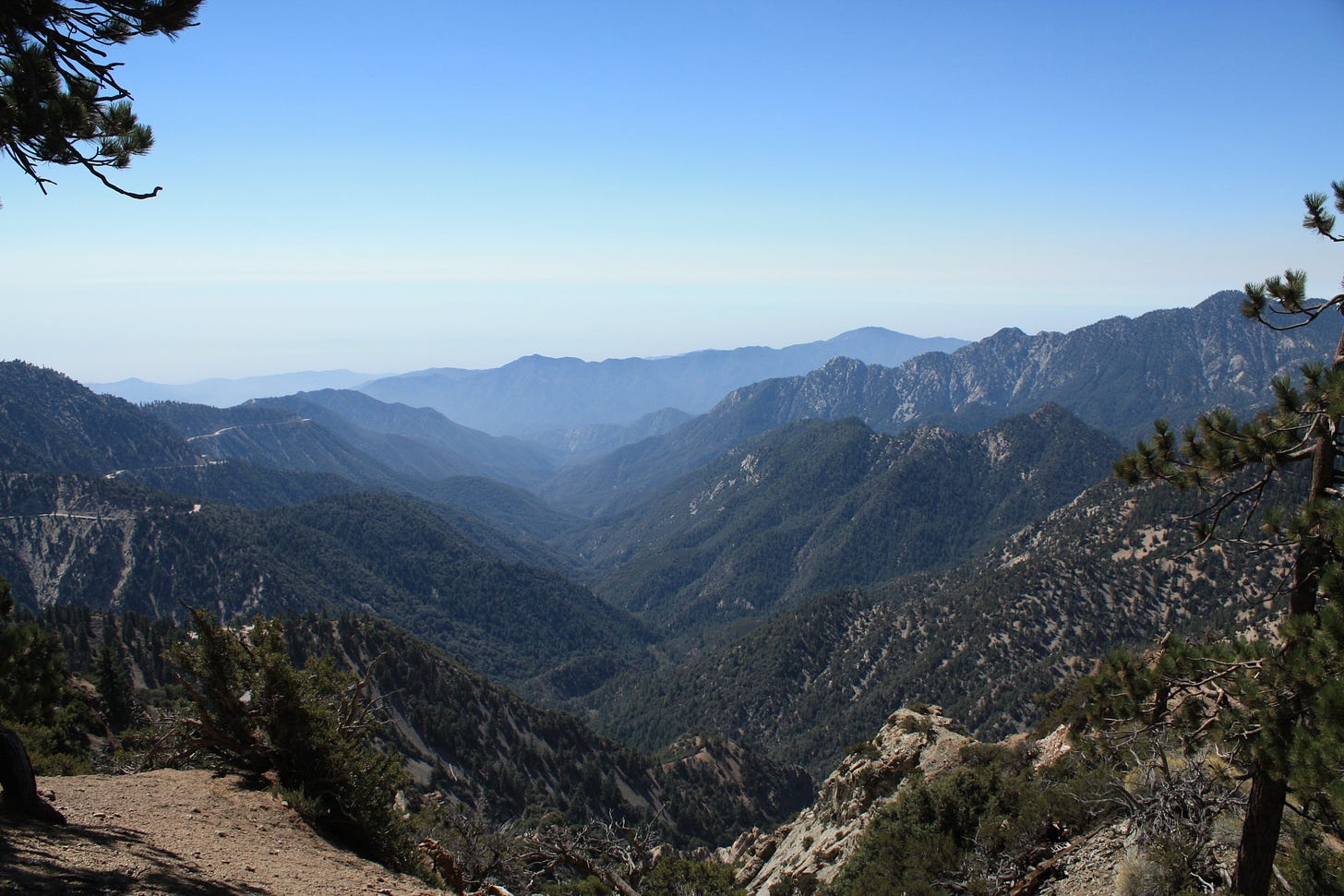
A few weeks ago, I wrote about the effort to expand the national monument boundaries of what I consider what one of my “home mountain ranges”—the San Gabriels, northeast of Los Angeles. These beautiful mountains make up the overwhelming majority of open space inside Los Angeles County, which is the most populous county in the entire United States (L.A. County has a population that exceeds 40 individual states!). It’s home to snow-capped peaks over 10,000 feet, wild and scenic rivers, federal wilderness areas, and some of the most beautiful and beloved outdoor adventures in all of Southern California. I would hike here and send pictures to people in other parts of the country who would then refuse to believe I was snapping from inside Los Angeles County.
Currently the mountains range is split, with a national monument in the eastern section and a chunk in the west and south that remains national forest. The Forest Service administers both sections, and as they work toward a comprehensive plan for the mountains, I still don’t think it makes sense for them to be divided into two different administrative units, but the news I’ve been getting out of the range is starting to make me think that something isn’t quite right with the way things have been going.
Journalist Steve Scauzillo wrote a piece earlier this month that highlighted the problems the mountains are facing. Chantry Flat, the second-most visited area in the forest, has been closed since 2020, with that closure recently extended through 2024. In the West Fork of the San Gabriel River, access is only available on weekends and fishing ramps won’t be restored for perhaps a decade. The Fish Canyon Trail in the San Gabriel Valley has been closed for 5 years and counting. Roads to the central high country of the San Gabriels—which provide much-needed relief from summer and fall heat—also remain closed due to damage, keeping a huge area of the range inaccessible to the public. Almost 40% of the campgrounds in the San Gabriel Mountains are closed.
Some of this is absolutely out of the Forest Service’s control. A state agency, Caltrans, is responsible for maintaining most of the major roads that lead in and out of the mountains. Funding secured in 2020 didn’t arrive until 2022 due to “not having adequate staffing and funding.” The mountains were hit with a large wildfire in 2020, and in 2022-23 had their heaviest rainfall year since 2004. But many of these issues pre-date the monument designation. Forest Service staffing has been cut as funding is channeled toward firefighting, even as visitation continues to increase—4.6 million people visited in 2021, more than visited Yosemite or Grand Canyon National Parks.
A region as park-poor and populated as Los Angeles County deserves better from one of its marquee outdoor areas. It deserves stable, secure funding. It deserves maintained facilities and adequate numbers of boots-on-the-ground rangers and staff. It deserves a single administrator so the public knows where to go for information and assistance. It deserves voters and advocates who harass their federal representatives to make sure these truly baseline goals are achieved. And if the Forest Service can’t get it together, perhaps we also consider handing over management duties to an agency that can.
Modern Hiking
Good stuff from the Modern Hiker site
Albino Lake Side Trip
If you happen to be heading to Yellowstone anytime soon, you may also want to tack on a side trip to Albino Lake in the park’s “gateway country” in Montana. This is an oldie but goodie from our friend Scott Turner, and takes you to a beautiful mid-altitude lake that doesn’t require a ton of effort. You’ll have great views, lovely meadows, and even the chance to see moose! Just don’t forget to brush up on your bear etiquette—this one’s definitely in grizzly country.
Your Parks
Your Places
Skiing in August
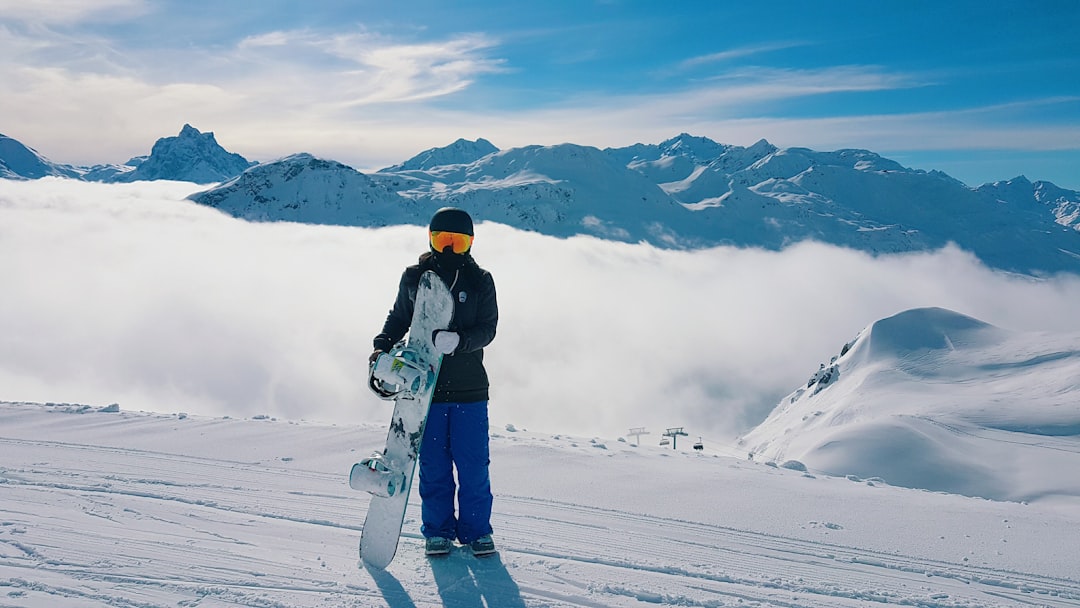
For only the third time in its history, California’s Mammoth Mountain ski resort has extended its season into the month of August. Visitors have until August 6th to enjoy the rare summer skiing, which has previously happened during the massive snowfall years of 2017 and 1995. The mountain usually receives 33 feet of snow each year, but this year 60 feet were recorded at the resort’s main lodge, making it the snowiest season on record.
Although there was a lot of hand-wringing about high temperatures melting the Sierra Nevada’s snowpack too quickly, the melt has been relatively consistent this year, meaning fewer floods and mudslides than people were expecting. However, the slow melt does mean water levels are significantly higher and flow is faster than it usually is this time of year, which has kept many roads and campsites closed and made water crossings significantly more difficult for hikers.
Tech Talk
Gadgets, Technology, and Hype
AirBnB for Outdoors
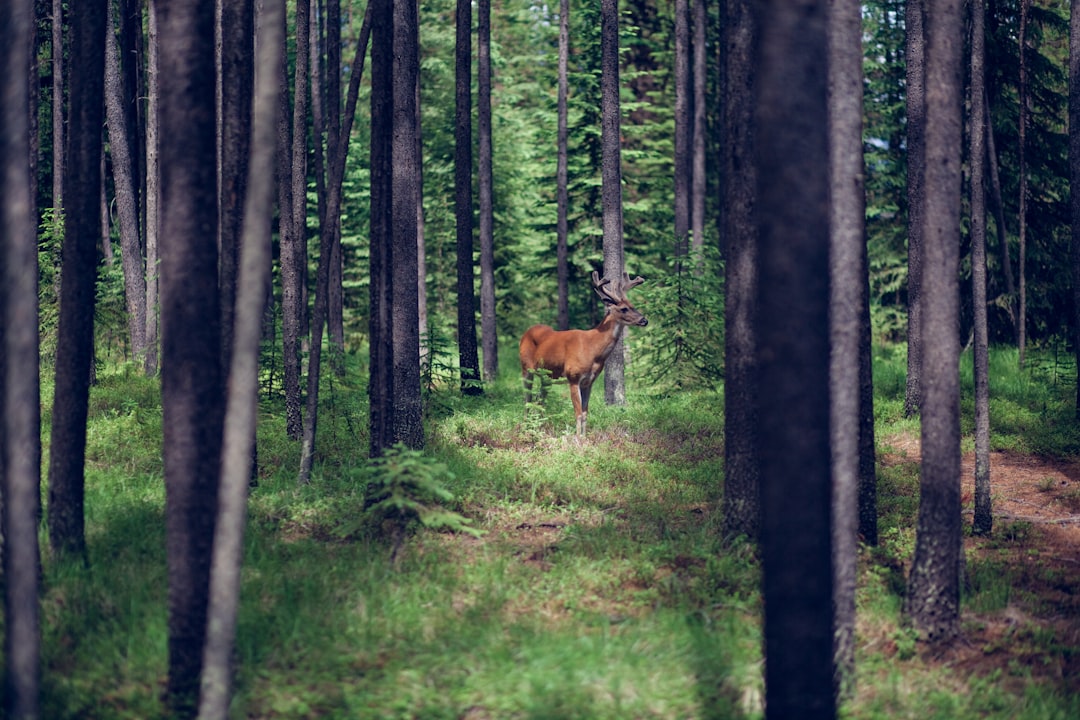
LandTrust is a site that lets private landowners allow temporary public access to their lands for a fee. This can allow ranchers and farmers to make a bit of extra cash (and reduces the pressure to sell to developers) and it allows outdoor recreationists to explore new places. The site is most often used by hunters and anglers but land listed on the site is also open to hiking, bird-watching, camping, and other activities.
What’s a little unusual here is that LandTrust is now being backed by two Texas billionaire brothers who just happen to own a ton of land across the Mountain West—land where they have a long track record of actively closing public access, shutting down rights-of-way, and jacking up penalties for trespassing. The billionaires Dan and Farris Wilks don’t seem especially philosophically aligned with LandTrust, but they have begun listing some of their Idaho properties on the site—so you, too, can spend $4,300 for five days of self-guided hunting or bird watch for $82 per guest per day.
Conservationists are raising eyebrows at this sudden change of heart, and also sounding the alarm about the rapid privatization of public land and resources (in Idaho, wildlife legally belongs to the state and is considered public property). Read more at the Idaho Statesman.
Wildlife Crossing
Wildlife and the Outdoors
Desert Water Thieves?

Does the name “Cadiz Corporation” mean anything to you? If you’ve been reading Chris Clarke’s Letters from the Desert newsletter (or listening to 90 Miles from Needles, the podcast he co-hosts), you’d know it and you might be loudly booing right now. Long story short, the company bought land in the Mojave Desert when Reagan was president and has spent every waking moment since then trying to get permission to suck water out of the desert’s aquifer to sell. Currently the company is looking for approval for an “oil and gas pipeline” that just happens to run from exactly where the aquifer is to exactly where they want to sell the water. What a convenient coincidence for them!
In his latest newsletter, Chris tells you exactly how to take action on this project—and also shows you several mapped sites the Canadian company Rover Metals wants to drill for lithium. The problem there? All of the borehole sites are expected to penetrate local groundwater levels, which could alter or destroy the nearby springs and seeps at Ash Meadows National Wildlife Refuge—home to 13 endangered and threatened species.
One More Thing
Oh yeah, before I go …
Although it’s a relatively new (and kind of unofficial) scientific term, many scientists now agree we are in the Anthropocene Epoch—the period in Earth’s history when human activity began to have a significant impact. To wit: a recent article in the Washington Post states that humans have now shifted the axis of the planet’s tilt by 31.5 inches eastward. The cause? Pumping over 2150 gigatons of groundwater out of Earth’s subterranean aquifers.
The shift is not enough to affect weather or seasons, but researchers estimate our groundwater pumping from 1993 to 2010 has also contributed to just under a quarter inch of sea level rise.
So if you’ve felt a little off-balance lately, maybe this is why?
Until next time, Happy Trails.




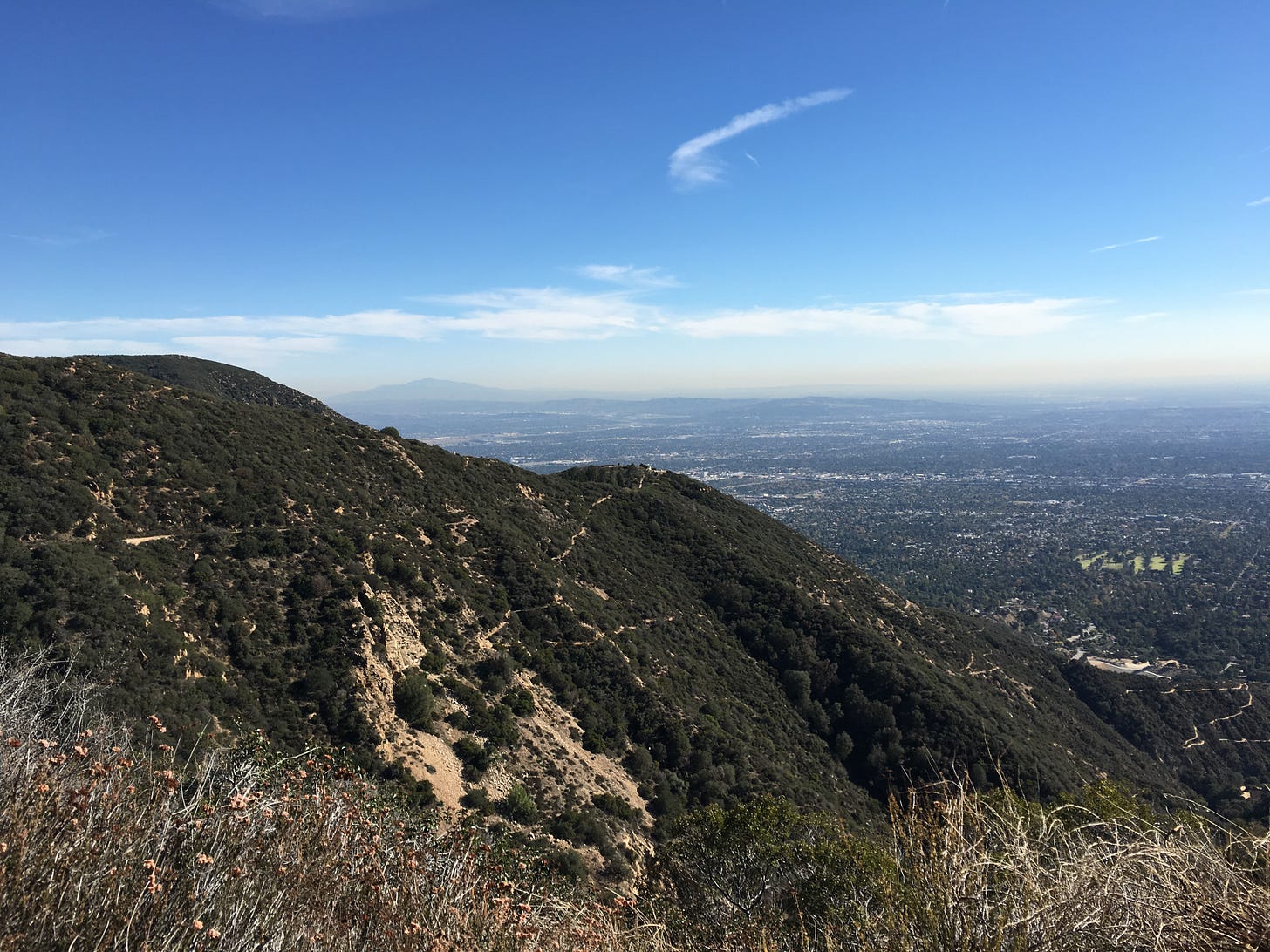
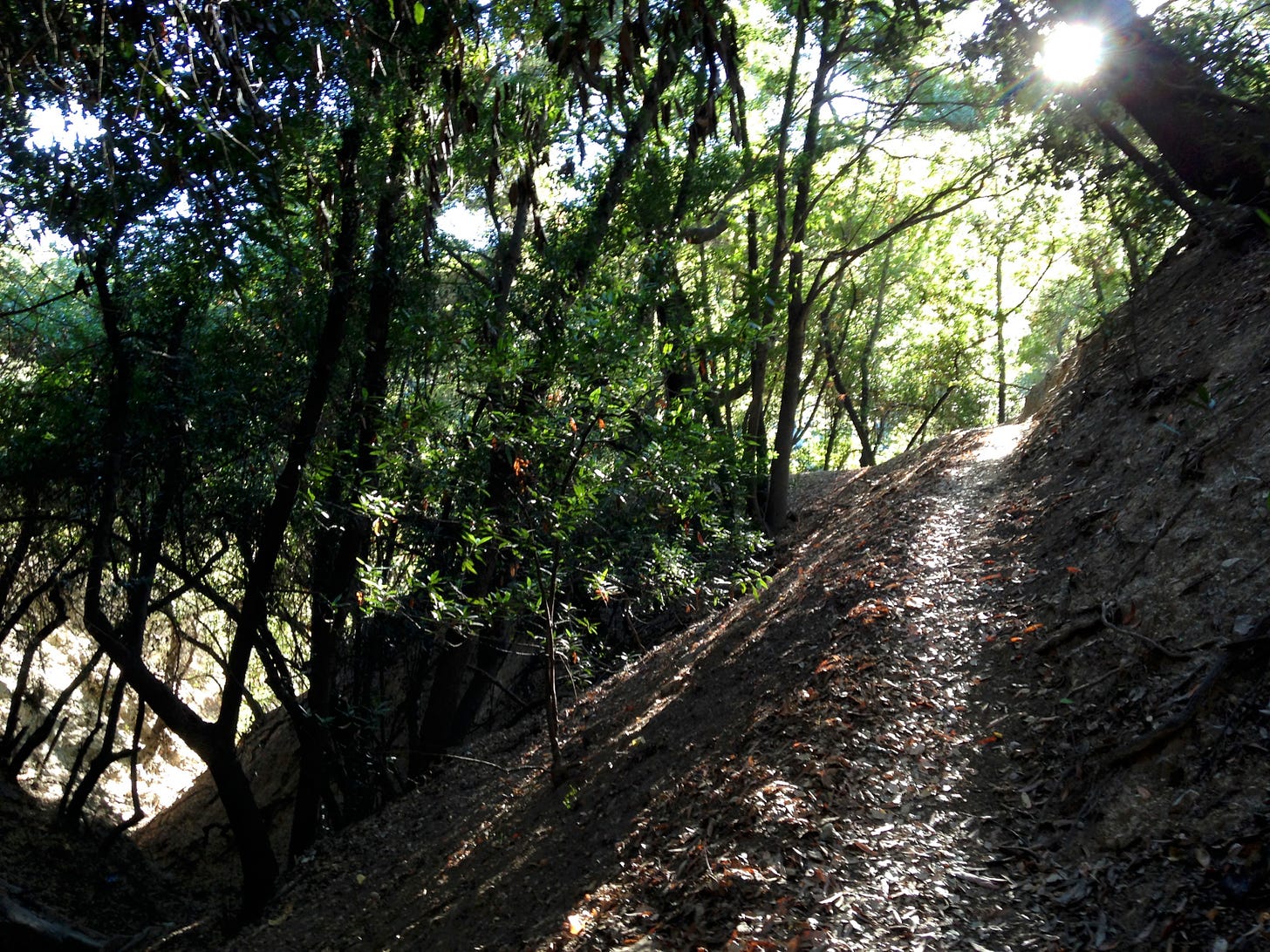
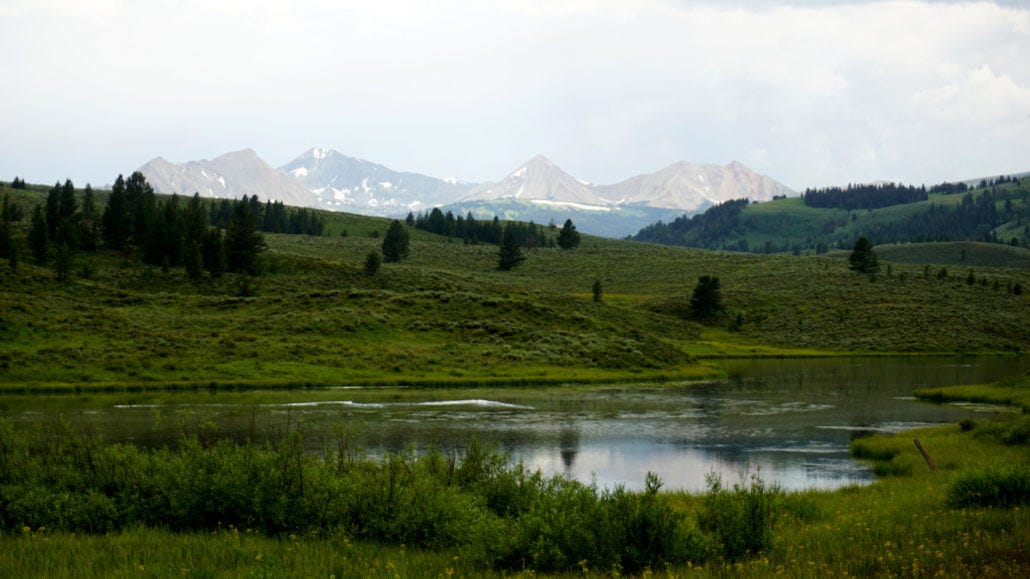


Yes! The closures are so frustrating. Don’t forget how for two of the last three summers they denied access to prevent fires, rather than hiring more firefighters and letting us access our public land, with all the tremendous benefits to our lives that it brings. This year I guess they won’t need to close it since the road is closed anyway.